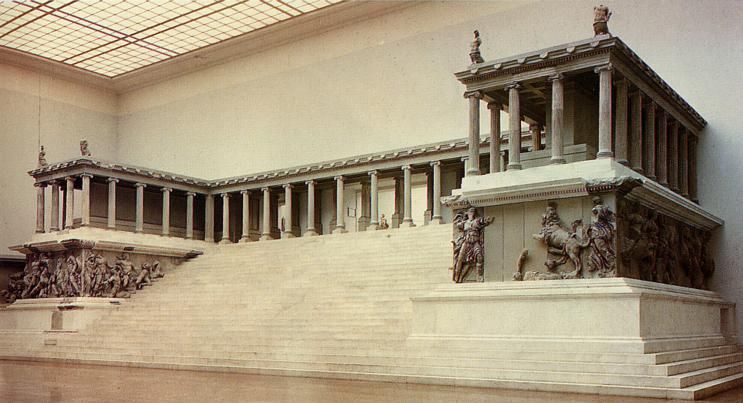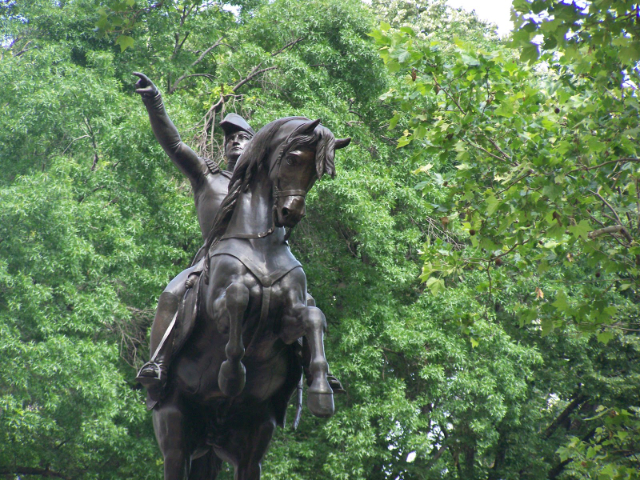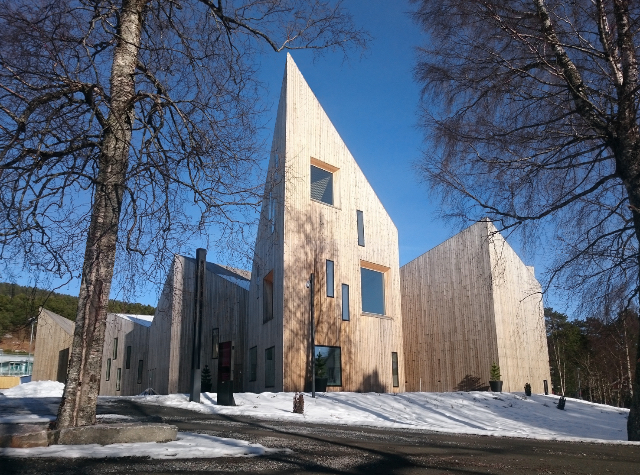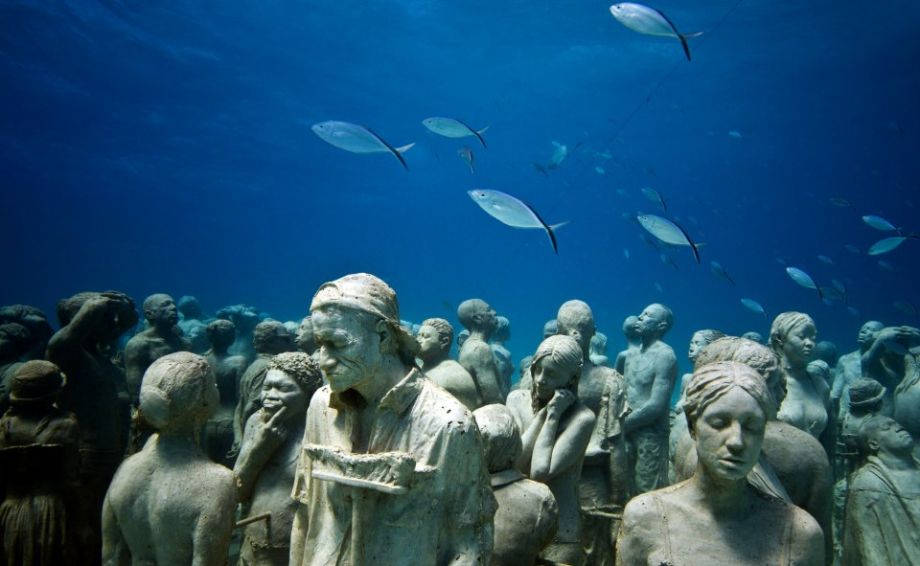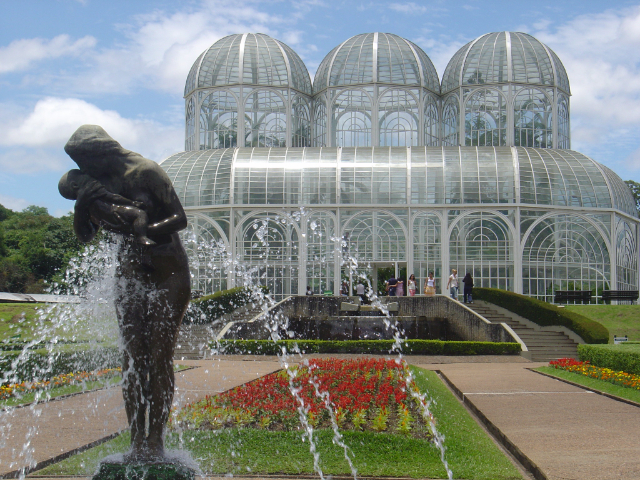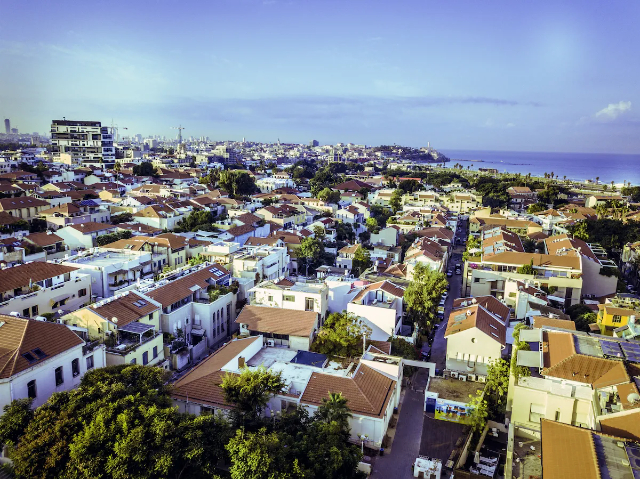Eumene II (197-159), king of Pergamum, was responsible for the construction of the altar in honour of Zeus.
It is a large structure resting on a base consisting of five steps on which a marble plinth rises. It is surrounded on three sides by a portico with Ionic columns that extends forward with two wings flanking the access stairway. Today the front part is in the Pergamon Museum in Berlin.
In 1878 the German archaeologist Carl Human began a vast excavation campaign in the city of Pergamon, which in eight years led to the discovery of an acropolis of inestimable artistic and archaeological value. The agreement made with the Turkish government stipulated that Human could bring half of the discovered works to Germany, while half had to remain in Turkey. So Human was able to bring to Berlin the frieze that surrounds the base of the temple of Pergamon, 170 meters long, which today is the most valuable part of the temple exhibited in the museum. The part above is a reconstruction of the original that remained in Turkey.
